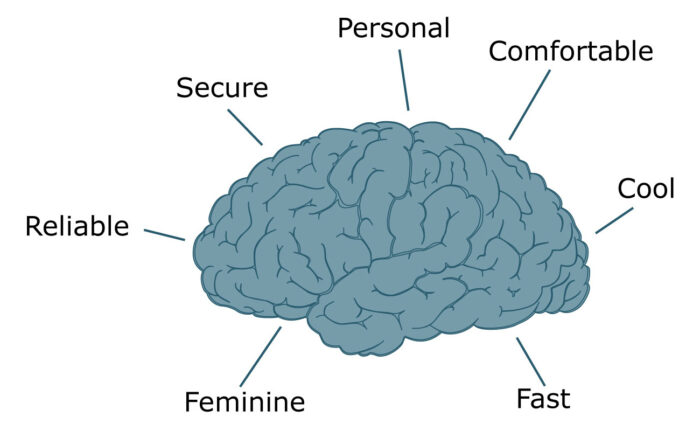Workshop:
PRODUCTS AND BRANDS: PERCEPTIONS, EMOTIONS AND BEHAVIOR

A brand is a promise. The ability to deliver on that promise is key to increasing brand equity – because brands are not defined by companies or organizations, they are defined by the people who use their products and services.
For every touchpoint a person has with the brand, perceptions, emotions and behavior play key roles. They therefore need to be understood and carefully curated. A brand promise may start with advertising, marketing or someone’s first look at a product. From that beginning, and throughout its lifecycle, it’s not enough to simply meet expectations. Great products and brands exceed our expectations. That can only be accomplished with a deliberate effort.
This workshop will explore techniques with which a product development team can, as a first step, explore desirable brand attributes. Then, through a series of design iterations, create products and services that are better than expected. We’ll work with qualitative and (especially) quantitative methods, exploring basic principles of cognitive psychology to guide and inspire design.
In interactive demonstrations and exercises participants will collect and quantify perceptual responses, create ways to visualize the collected data, look for patterns in the results, analyze those patterns, identify “white space” areas for next-generation innovation, and make confident and convincing design recommendations.
By the end of the workshop participants will have an understanding of:
• Why clarifying product and brand attributes needs to be a first step in design
• Methods to determine, at first look, the visual communication of attributes
• Methods to determine, after use, whether those attributes are being delivered
• How to benchmark product and brand attributes, using competitive or similar products
• Methods to identify the most effective product and brand attributes to focus on, those that have the most influence as well as those that have significant room for improvement
• How to use this information to rapidly iterate design concepts
• How to report on these findings to others within the organization
To inquire about a workshop for your team, click here.